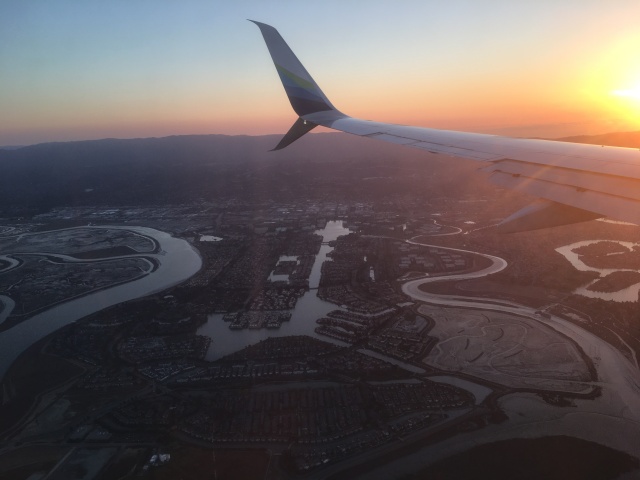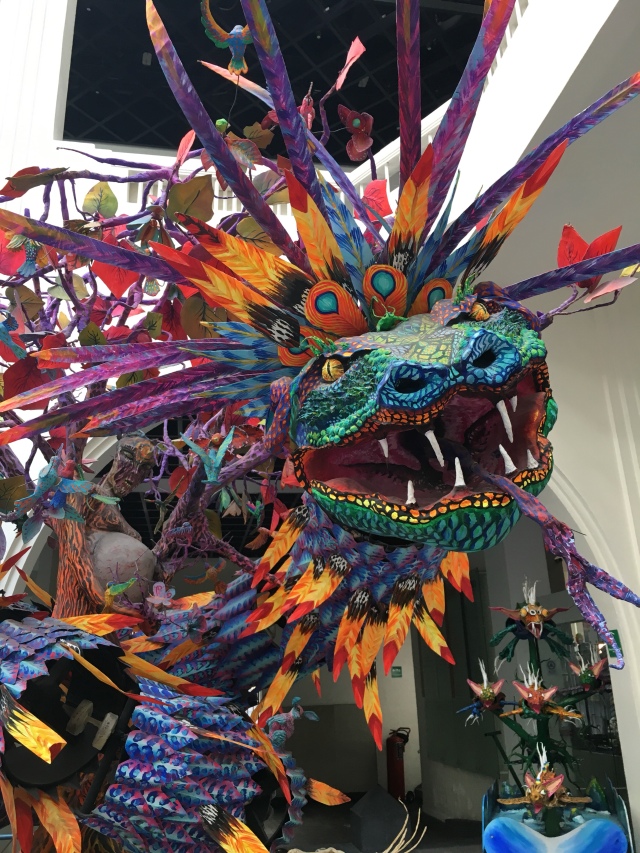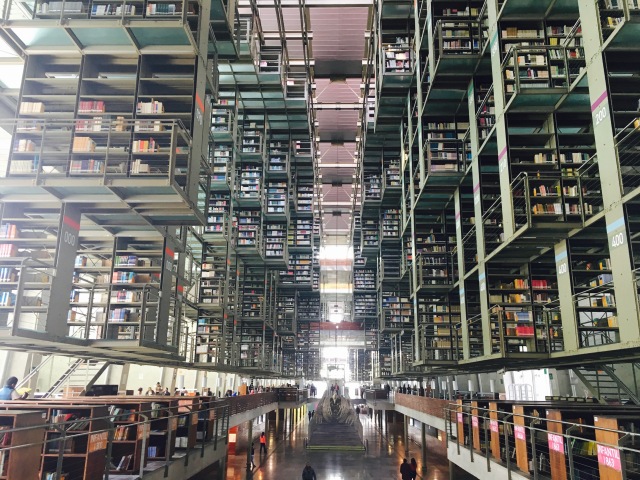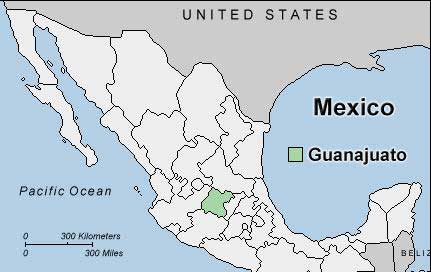How is it the sixth of April already? I came back from my spring break trip last Sunday, had class this week, and it’s already the week! El tiempo vuela.
Spring break was an amazing trip. Every time I travel to a new part of Mexico, I’m reminded at how beautiful this country is. It’s huge, to put it simply, with every corner of it having its own customs, foods, and languages. Oaxaca and Chiapas, though they both may be in Mexico, are completely different from Valle de Santiago, Guanajuato.
I don’t feel like going too much into depth about my trip, but I’ll write a quick summary so I remember things about it later. We flew from Mexico City to Villahermosa, Tabaso, took a combi to this jungle forest hostel thing called Panchan, and then went from there on a tour that took us through Palenque (ancient ruins), Misol Ha (a waterfall), and Agua Azul (more waterfalls). Palenque was honestly, incredible, a bit jaw-dropping. I liked it more than Tulum, and you could climb up and into all of the ruins! Agua Azul was this set of beautiful cascading waterfalls, and as you followed the set path, you could climb up to the tallest one. We spent some time in San Cristobal, one of the major cities in Chiapas, and our first morning there, walked through the heart of any Mexican city, its tianguis (market).
Walking through the market, there were some sights that I’m long used to – women selling fruits and vegetables and nopales on the sides of the street, people holding woven plastic grocery bags with small children clinging to their legs, hustling through the crowds, the packs of wild dogs that scavenge for leftovers in the drains. But there were also so many things that I had never experienced before – the thick black skirts of llama fur that many of the women wore, with colorful belts around their waists and folded pieces of fabric balanced on their heads, the sounds of indigenous languages being shouted and murmured around me that I couldn’t understand.
And as I have spent this time in Mexico, it has never failed to amaze me, and I know it never will. The dusty deserts of Valle, the sun blazing down on you mid-day, the cactuses growing crooked by the side of the road, the men in their plaid shirts and horses, this is Mexico. But the mountains of Chiapas, painted black against a grey sky, the lush and endless forests, the way the streets flood when it rains, the small children in their colorfully embroidered skirts, this is also Mexico. And so it goes, from Mexico City to Yucatan, from Chihuahua to Guerrero. It’s a shame, that Americans stereotype Mexico so well, making this country into nothing more than sombreros and mariachi and drug wars. As we sneer at others for having nothing, we are the ones who are lacking. We take away a world from ourselves and our children through sheer ignorance
(And here I was, saying at the beginning of this essay that I wasn’t in the mood for writing).
Anyways, after Chiapas, we made our way to Oaxaca. If Chiapas is known for its gorgeous natural beauty and wilderness, Oaxaca is known for its FOOD. And it lived up to its expectations. Rita and I spent a lot of time eating – tamales (the biggest ones I’ve ever seen), tlayudas (another version of a tortilla/filling food that is native to Oaxaca), and mole (of course). We did a cooking class where we learned to make pescadillas, soup, mole, and arroz con leche, and I officially decided that if medical school doesn’t work out I’ll come back to Mexico and become a chef here! We also spent a lot of time wandering through art markets selling alebrijes (colorful painted fantastical wooden figurines) and textiles (woven using traditional indigenous techniques). We also did things like go to a mezcal factory, go to museums, go to Hieve del Agua, and hang out with people from our hostal.
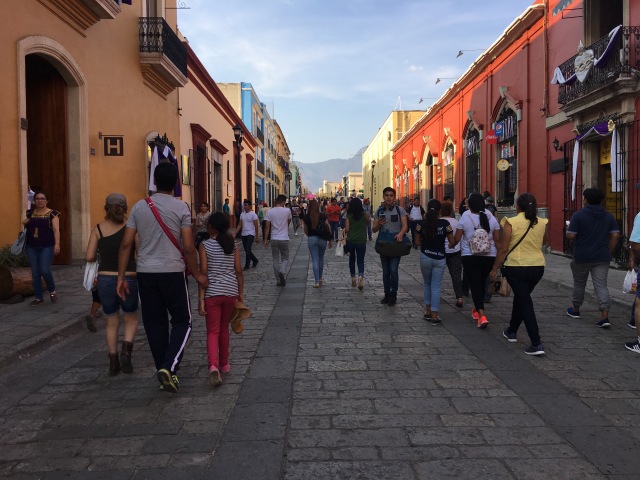
And then, I came home! As always, it’s good to be home again. I love this apartment, with my kitchen and my bed and my things. It’s going to be a weird feeling, cleaning this place out. I’m a wistful sort of person, and one of the things that always got to me was emptying my dorm room in college. In August, you pack up your things in the car, go to campus, get your key, and open the door to an empty room – a room that quickly becomes filled with your things as you make it into your home, as you fill it with memories and tears, secrets and belly-aching laughter, textbooks and friendships over the course of the academic calendar. I was so lucky to always live with dear friends in college, and each of my living situations throughout the four years – dorms the first two years, apartments the last two – remains in my memory as containing a period of my life. Freshman year, the giant stuffed panda where me and my roommates used to take naps instead of in our beds, back when I didn’t study and didn’t know I wanted to be a doctor lolol. Junior year, the couch with the flower-printed blanket in front of the bay window where my roommates interrogated me after my first date with the boy who now is my boyfriend. Senior year, the kitchen that my roommates and I would use to throw cooking competitions and cook restaurant-style meals to serve to one another. And though filling these spaces takes months, in a matter of hours at the end of the year, we dismantled them, taking down the photos and posters, rolling up the rugs, packing the dishes into boxes. And just like that, the rooms would be empty. No longer ours. We’d close the door after the RA inspection, and it became just another empty room, waiting for its next owner.
I’m sitting at my kitchen table, right now, writing this, and looking around me, I see home. This garish pink tablecloth I bought my first week here, desperate for a pop of color and for an errand that would give me purpose. The two blue pots that we have that I have battered and worn in as I fell in love with cooking. In less than two months, my lovely apartment will no longer be mine. We’ll clear out our cabinets, pack up our suitcases (oh god, SO not looking forward to that), and leave not only this apartment, but this country.
Why does time move so fast? I feel like a child when I say this, but it’s true. I think this, especially now, as the days whiz by. I blinked a few times, and college flew by. I took a breath, and I’m already a year out of school. What will it feel like when I’m twenty-seven? Thirty-five? Fifty?
Future Catherine, as you’re reading this, at some point in my future, I hope that you’ve kept this peace that I found here in Mexico for you, and that you’ve lived your life in a ways that makes you chuckle at my worries. I don’t want to be afraid to grow old, and I hope you aren’t either.
This weekend, I have some light plans with friends (lunches, dinners, etc.), and then this coming Thursday, one of my best friends from high school will be coming to visit me!!!! I am SO EXCITED to have Faye come visit, as she’s 1) a lovely human being and 2) I can’t wait to show her around Mexico. It’ll be refreshing looking at my small town through her newcomer eyes, and we’ll be doing a trip to Guanajuato/San Miguel so she can see some other places!
Well, I think I’ve written enough for now. Ugh I always start off saying this will be a “short” recap and then I write 1300 words and at some point wander off into wistfulness territory. At least I can say I write honestly!


